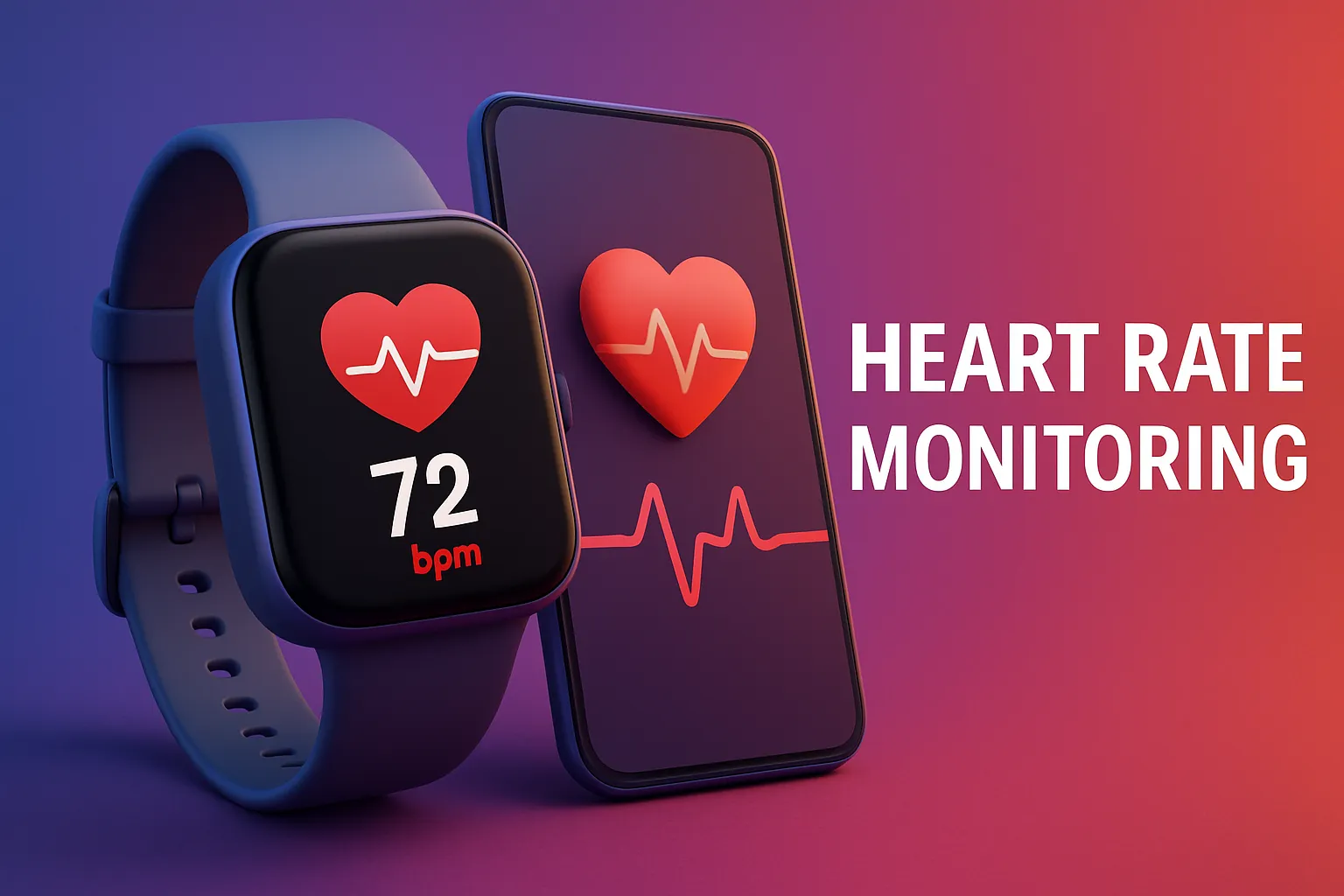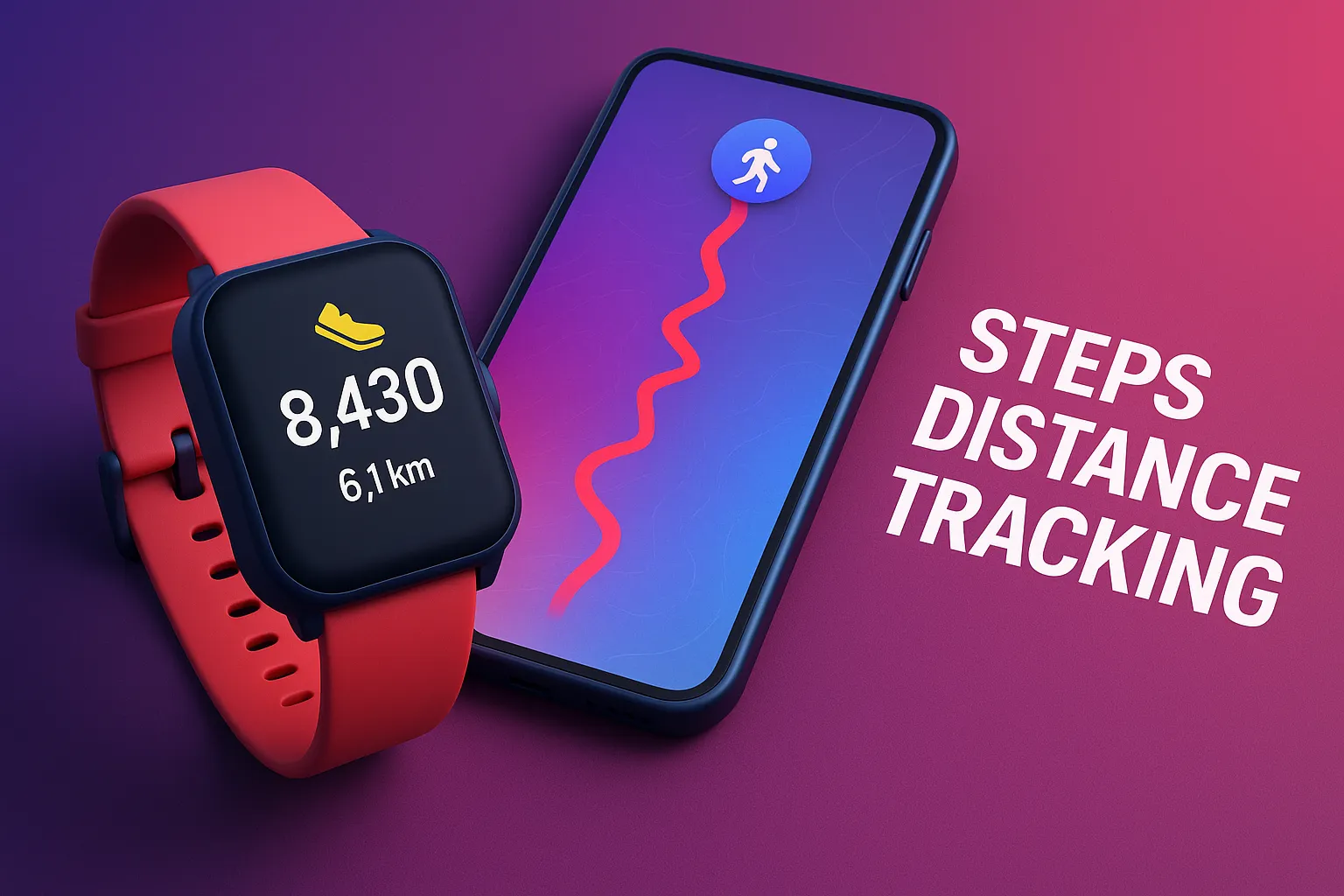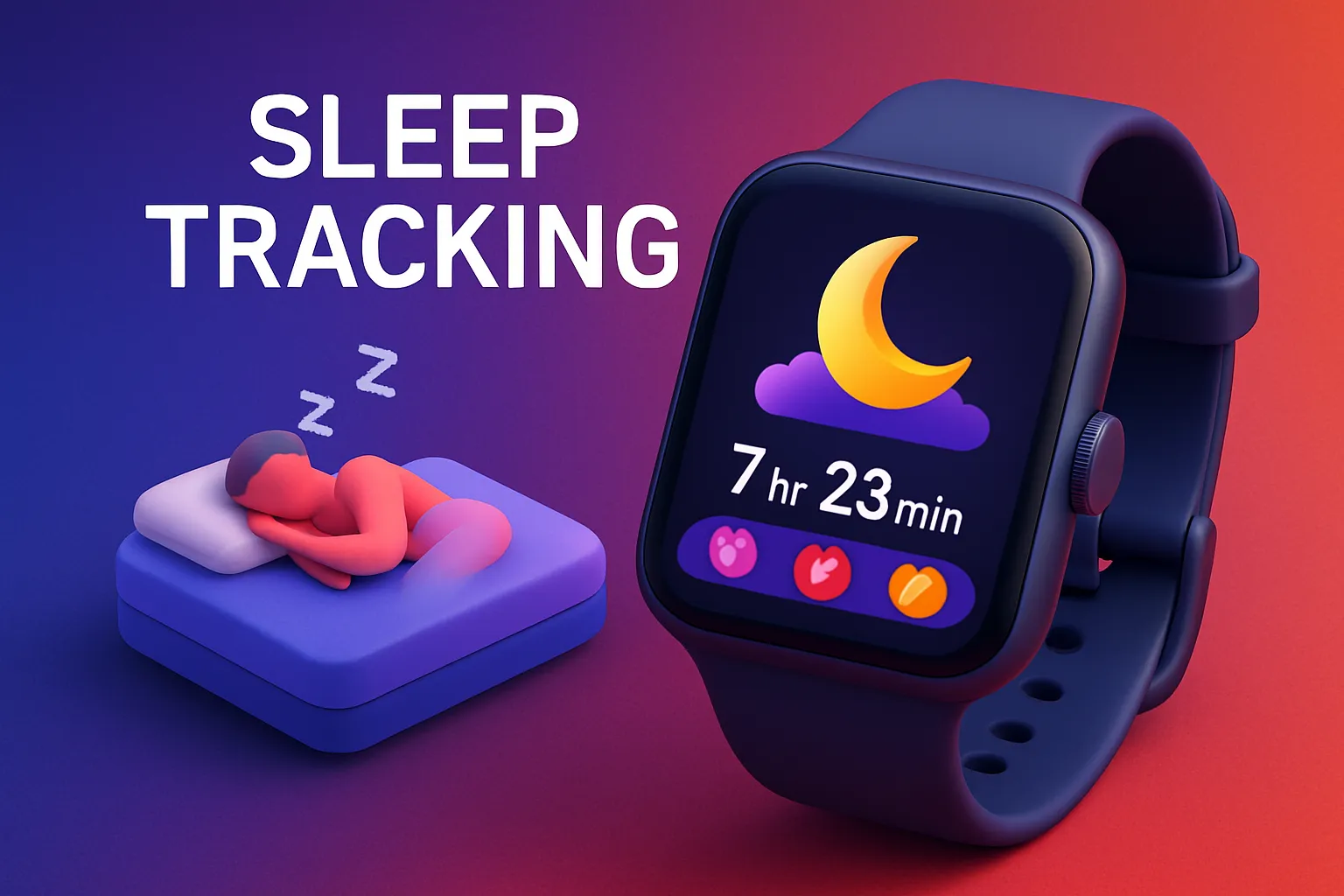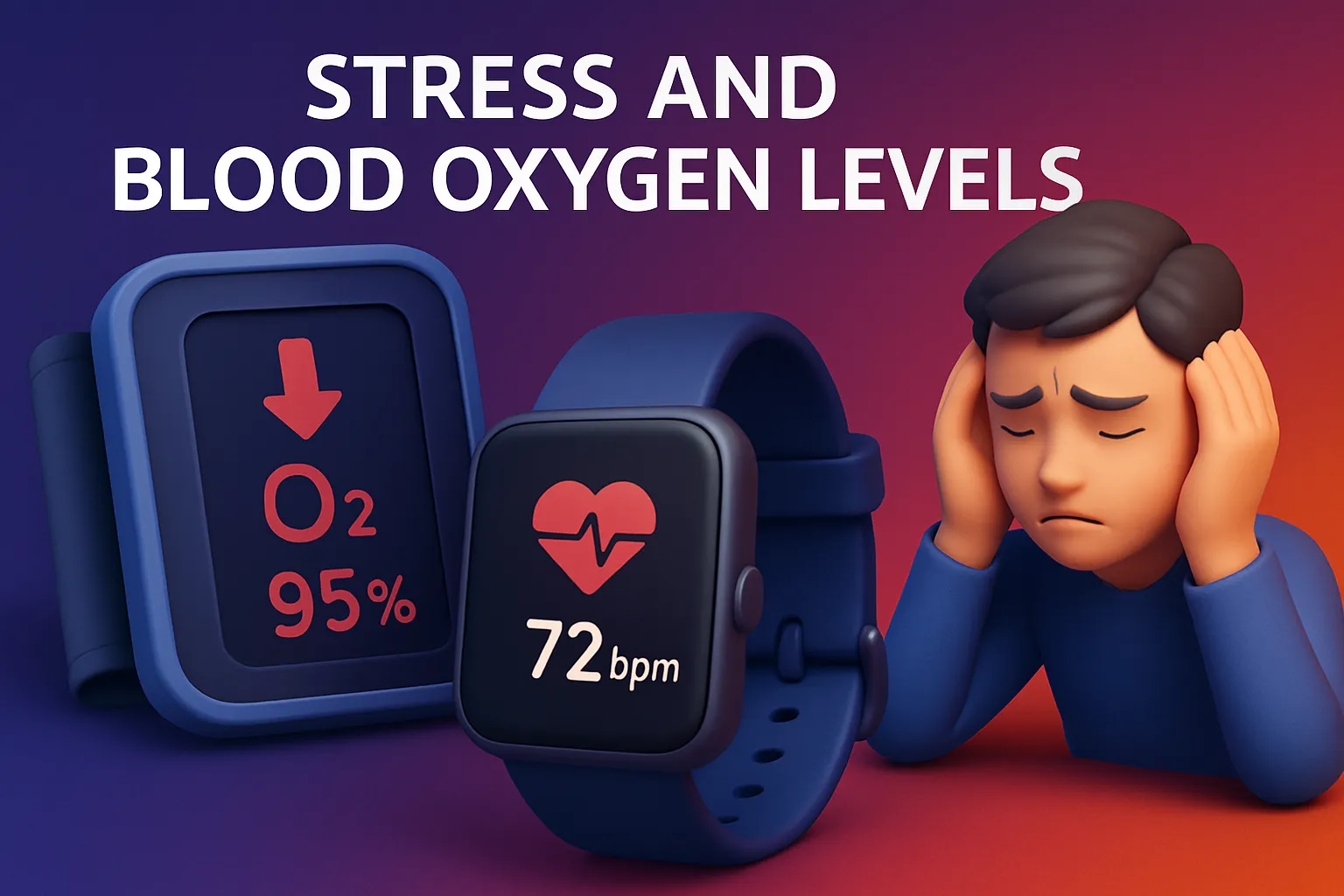If you’ve ever glanced at your smartwatch and seen your heart rate, steps, or sleep patterns laid out, you might have wondered—just how accurate are these readings? After all, these devices are strapped to your wrist, not embedded in your body. And with so many of us in Singapore relying on smartwatches for fitness tracking, sleep insights, and even stress monitoring, it's worth asking: Are they the real deal, or just fancy tech fluff?
Let’s talk about the nitty-gritty of smartwatch health readings in a way that makes sense—without the jargon. Grab your kaya toast, take a seat, and let’s break it down like we're chatting over kopi at the hawker centre.

Editor
Lloyd Kelly Miralles chevron_right
Table of Contents
Heart Rate Monitoring

You know that moment when you're pushing it at the gym or after a long run around East Coast Park, and your watch flashes your heart rate on the screen? It's pretty satisfying to see those stats, but how accurate is that heart rate monitor?
How It Works
Most smartwatches, like the Apple Watch or Garmin Forerunner, use optical sensors that shine light through your skin to detect blood flow. These are often referred to as PPG sensors (photoplethysmography). Sounds fancy, right? They measure the changes in light that bounce back as your blood pulses.
The Accuracy
Here’s the thing: while these optical sensors have gotten much better over the years, they’re still not 100% accurate. Smartwatches can be pretty close, but they can struggle if you’re doing high-intensity workouts or activities that involve a lot of wrist movement—think boxing or weightlifting. So, if you’re just doing a casual walk or jog, the readings should be pretty reliable. But don’t bet your life on them if you’re training for a marathon.
The accuracy also drops a little if you’re in humid conditions (hello, Singapore!). Your smartwatch might give you funky readings if it’s covered in sweat or if your skin’s a bit moist from the tropical heat. To avoid this, try tightening your watch strap—having it too loose means the sensor may not get a good reading.
Pro Tip:
If you need precision, like for a medical condition, it's still best to check with an actual ECG machine or go to your doctor. A smartwatch should be your fitness buddy, not your doctor.
Steps and Distance Tracking

Next up, how well does your smartwatch track steps and distance? For many of us, these are the bread and butter of smartwatch health stats. Whether you're walking to catch the MRT, strolling around Orchard Road, or wandering through Chinatown, we rely on these numbers to track daily activity.
How It Works
Smartwatches use a combination of accelerometers (to sense motion) and gyroscopes (to detect orientation) to measure how many steps you take. GPS can come into play when you’re walking outdoors or running. For example, with models like the Samsung Galaxy Watch or Fitbit Charge, the GPS gives a more accurate distance reading when you're out and about.
The Accuracy
Here’s the kicker—these devices are generally good enough for tracking your daily movement but might overestimate or underestimate your steps, especially if you’re holding a bag or pushing a stroller. And while GPS will make distance tracking more accurate, indoor walking or MRT rides can throw off the readings because the smartwatch can’t track your movement as well.
In Singapore, with the constant MRT hopping and short walks to hawker centres, step tracking is useful for keeping tabs on how much you’re moving throughout the day, but don’t expect your watch to be spot-on if you're not walking in a straight line or one direction for long.
Sleep Tracking

Now, let's talk about sleep tracking. With the hustle and bustle of Singapore’s lifestyle, from work to late-night makan sessions, many of us turn to smartwatches to track how well we sleep. But can your smartwatch tell if you’re getting quality shut-eye?
How It Works
Most smartwatches, like the Fitbit Sense or Apple Watch Series 8, use a combination of heart rate variability and movement detection to figure out if you're in light sleep, deep sleep, or REM sleep. They also check how long you spend in each phase.
The Accuracy
While the tech has improved, smartwatches are not as accurate as clinical sleep studies. They can give you a general sense of your sleep quality and duration, but they can’t capture all the nuances that a proper sleep study (or a polysomnograph) would.
For example, the Apple Watch and Fitbit do a great job tracking sleep length, but they’re not always great at distinguishing between light sleep and deep sleep—especially if you're a side sleeper or if your movements are more restless due to things like sleep apnea.
Pro Tip:
If you’re waking up feeling groggy, don’t rely solely on the data from your smartwatch to assess the quality of your sleep. Factors like your sleep environment, how long you’ve been using your phone before bed, or the temperature of your room also play a role in how well you sleep.
Stress and Blood Oxygen Levels

Some smartwatches can track stress levels by measuring heart rate variability or even blood oxygen levels (SpO2). These readings are often marketed as giving you an insight into your overall well-being.
How It Works
For stress monitoring, watches like the Apple Watch use heart rate variability (HRV) to gauge how stressed or relaxed you are. Blood oxygen monitoring, on the other hand, uses pulse oximetry, where the watch shines light on your skin to measure the oxygen levels in your blood.
The Accuracy
As cool as these features are, they’re still in the early stages. Stress readings can be wildly inaccurate if you’re wearing your watch too loose or if you're moving around too much. For blood oxygen levels, the readings you get from a smartwatch are not as accurate as those from a medical-grade pulse oximeter. They’re fine for general trends but not something you should use for medical advice.
In Singapore’s humid and sometimes hot weather, you’ll also need to be mindful of sweat interfering with the readings. So if your watch says you're stressed after a long MRT ride during rush hour... yeah, it might just be the crowd, not your heart rate variability.
Conclusion
Here’s the bottom line—smartwatches have come a long way in terms of tracking your health, but they’re not perfect. They're great for general trends, but if you're after medical-grade precision, you’ll need to go beyond what your smartwatch offers. If your readings are off, it’s likely due to environmental factors like humidity or the intensity of the workout.
